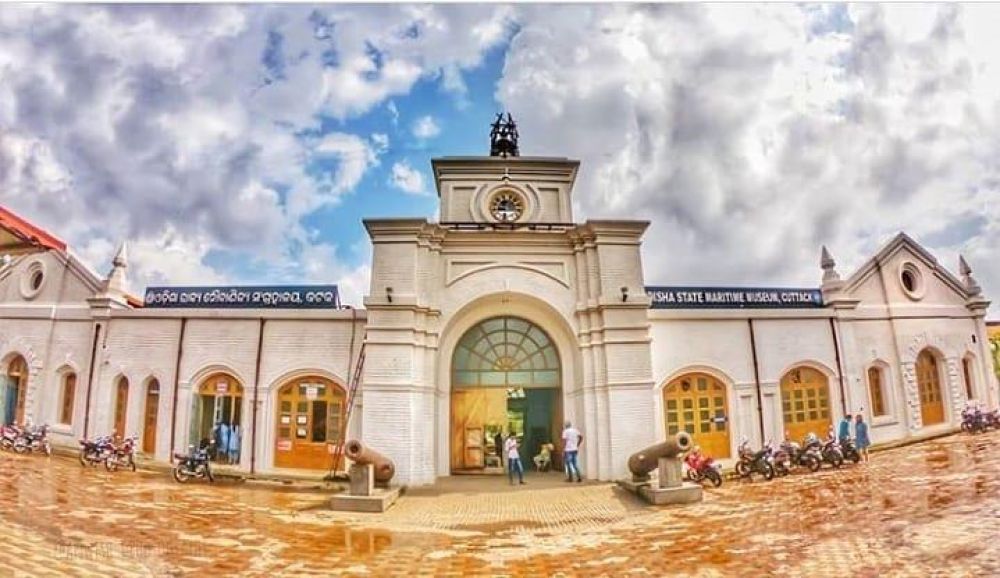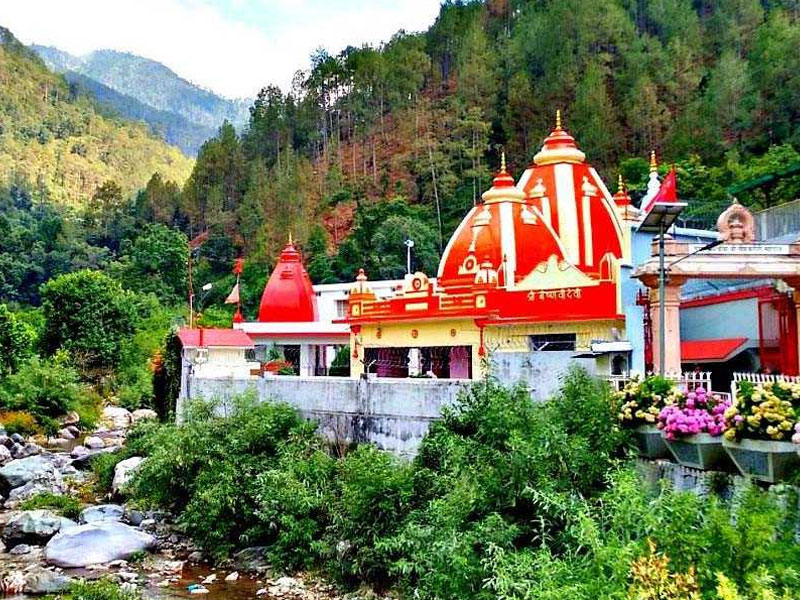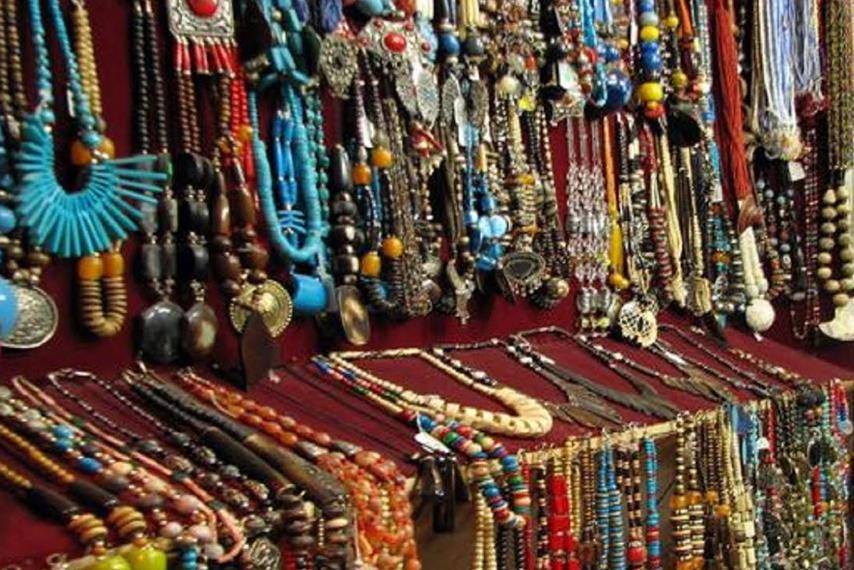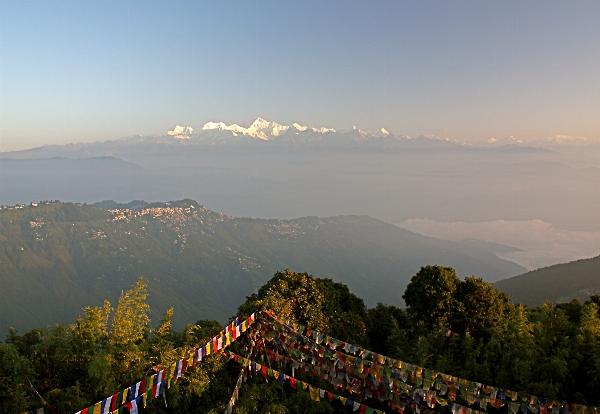Sualkuchi: The Silk Village of Assam
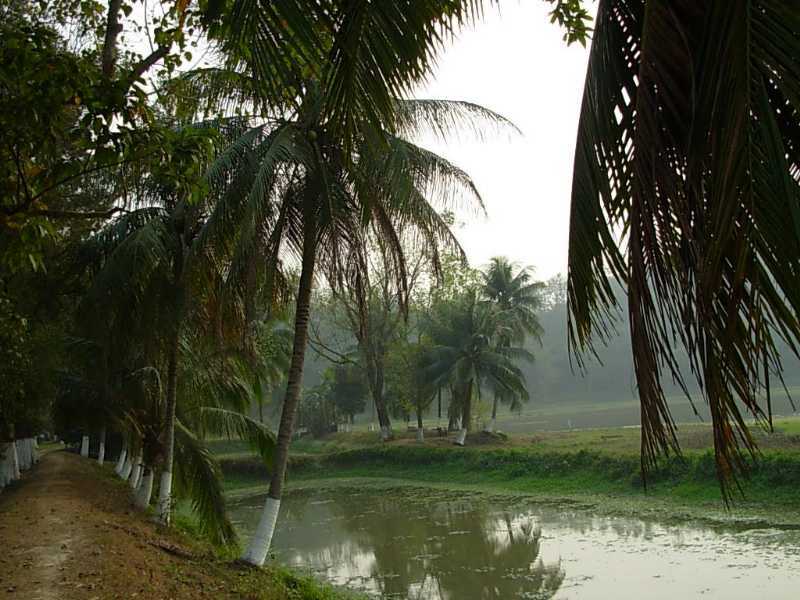
Sualkuchi, a small town located in the Kamrup district of Assam, is famously known as the "Manchester of the East" due to its long-standing association with silk weaving. This charming village, situated on the banks of the Brahmaputra River, is a hub of traditional Assamese craftsmanship and has been weaving some of the finest silk products for centuries. If you're planning a visit to Assam and are interested in its rich cultural heritage, Sualkuchi is a must-visit destination.
In this article, we will delve into the history, significance, and attractions of Sualkuchi, as well as provide useful travel tips for anyone interested in exploring this quaint town.
1. History of Sualkuchi
Sualkuchi’s history as a silk-weaving hub dates back to several centuries. The village has been associated with silk production since the Ahom Dynasty, and its prosperity was built on the craftsmanship of silk weaving. Historically, Sualkuchi was known for producing Muga silk, a variety of silk that is native to Assam and considered one of the rarest and most expensive silks in the world. The ancient Assamese art of weaving has been passed down through generations, and today, Sualkuchi continues to be one of the main centers for silk production in Assam.
The silk woven here is highly valued for its natural golden hue, strength, and durability. Sualkuchi’s artisans use traditional handlooms to create a variety of silk products, including sarees, shawls, and other textiles. The town’s contribution to the textile industry is a source of pride for the Assamese people and has garnered international recognition for its high-quality products.
2. The Silk Weaving Tradition of Sualkuchi
The main attraction of Sualkuchi is its flourishing silk weaving industry. The village is home to over 25,000 handloom workers, most of whom are involved in weaving silk fabrics, especially Muga silk, Eri silk, and Pat silk. The handloom tradition is deeply rooted in the village’s culture, and every product made here reflects the immense skill and craftsmanship of the local artisans.
a. Muga Silk
Muga silk is perhaps the most famous product of Sualkuchi. The golden silk is made from the silkworms that are unique to Assam. Muga silk has a distinct golden color, which gives it a luxurious and elegant appearance. The fabric is durable and becomes softer with age. It is highly prized and is used in making traditional Assamese garments, such as Mekhela Chadar (the traditional Assamese attire for women) and Gamosa (a traditional Assamese cloth).
The production of Muga silk requires a special process that involves careful cultivation and harvesting of silkworms, followed by a meticulous weaving process. It is this attention to detail that makes Muga silk from Sualkuchi highly sought after.
b. Eri Silk
Eri silk, also known as “Ahimsa silk,” is another important silk variety produced in Sualkuchi. Eri silk is produced by a specific type of silkworm called Samia cynthia ricini, which feeds on castor leaves. The silk is known for its soft texture, and its production is eco-friendly, as it does not involve killing the silkworm. Eri silk is used to create products like stoles, shawls, and apparel.
c. Pat Silk
Pat silk is a delicate and fine fabric that is mostly used for making Assamese sarees, especially the Assamese Mekhela Chadar. The fabric is lightweight and perfect for hot and humid climates. Pat silk is woven from silkworms that feed on mulberry leaves and is distinguished by its smooth texture and glossy finish.
The process of weaving Pat silk involves intricate techniques and is traditionally done by handloom weavers in Sualkuchi.
3. Weaving Techniques and Tools
The weaving techniques used by artisans in Sualkuchi have remained largely unchanged over the centuries. The traditional handlooms are used to weave the silk into intricate patterns and designs, often involving hours of work. These handlooms are typically operated by foot pedals, allowing the weaver to control the threads with ease.
The designs used in Sualkuchi’s silk textiles are influenced by the region’s culture, traditions, and natural surroundings. Motifs such as animals, flowers, and geometric patterns are commonly seen in the fabrics. Weavers take pride in the precision and quality of their work, which is evident in every piece produced.
The loom is an essential part of the silk-weaving process, and a skilled weaver can create stunning designs with great accuracy. Over the years, Sualkuchi’s weavers have maintained their craftsmanship and passed it down to future generations, ensuring that the tradition of weaving survives.
4. Sualkuchi’s Role in Assam Tourism
Sualkuchi is more than just a weaving hub—it’s also a popular tourist destination in Assam. Travelers to Assam often include a visit to Sualkuchi to learn about the traditional silk weaving process and to purchase authentic Assamese silk products directly from the artisans.
a. Visiting Handloom Units
One of the best things to do in Sualkuchi is to visit the handloom units where the silk is woven. Tourists can witness the intricate process of silk weaving, interact with the artisans, and even try their hand at weaving. Many handloom units offer guided tours where visitors can observe the weaving process from start to finish, making it an educational experience as well.
b. Shopping for Silk Products
Sualkuchi is the perfect place to buy traditional Assamese silk products. From Muga silk sarees to Eri silk stoles, there is a wide range of high-quality silk products available for purchase. Visitors can buy directly from the artisans, ensuring that they are getting authentic, handmade products. These silk items make for excellent souvenirs and gifts, and they reflect the rich culture of Assam.
c. Sualkuchi and Assamese Culture
Sualkuchi offers tourists an authentic experience of Assamese culture. Visitors can explore the rural life of the village, interact with the local people, and learn about their customs and traditions. The village’s culture is deeply rooted in the Assamese way of life, and a visit to Sualkuchi provides a glimpse into the everyday lives of the artisans who produce the famous silks of Assam.
5. How to Reach Sualkuchi
Sualkuchi is located around 35 kilometers from Guwahati, the largest city in Assam. It is well connected by road, making it easily accessible for tourists.
By Road: The town can be reached via a short drive from Guwahati, which takes around 1-2 hours depending on traffic conditions.
By Air: The nearest airport is Lokpriya Gopinath Bordoloi International Airport in Guwahati. From there, tourists can hire a taxi or take a local bus to reach Sualkuchi.
By Train: The nearest railway station is Guwahati Railway Station, from where travelers can take a taxi or bus to reach Sualkuchi.
6. Best Time to Visit Sualkuchi
The best time to visit Sualkuchi is during the winter months (October to March) when the weather is cool and pleasant, making it ideal for sightseeing and exploring the village. The summer months (April to June) can be quite hot, and the monsoon season (June to September) may bring heavy rainfall, which could disrupt travel plans.
Conclusion
Sualkuchi is a hidden gem in Assam that offers a unique combination of rich history, traditional craftsmanship, and cultural heritage. Known as the "Manchester of the East," the village continues to be a significant center for silk production in India. A visit to Sualkuchi is a chance to witness the incredible skill of Assamese weavers, shop for exquisite silk products, and immerse oneself in the local culture. Whether you're a history enthusiast, a craft lover, or someone who enjoys experiencing authentic traditions, Sualkuchi should be on your travel list when visiting Assam.
Note: IndiBlogHub features both user-submitted and editorial content. We do not verify third-party contributions. Read our Disclaimer and Privacy Policyfor details.



